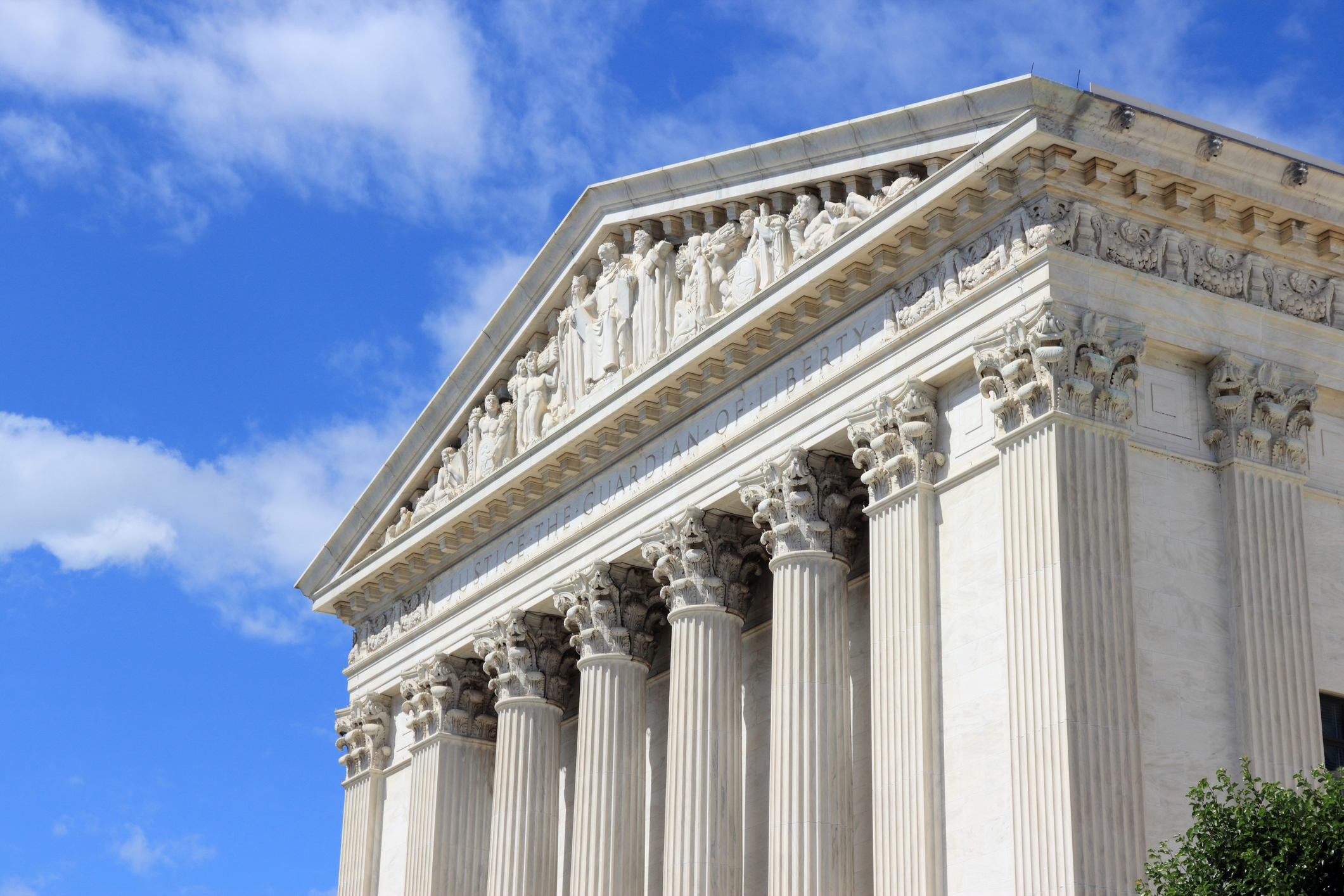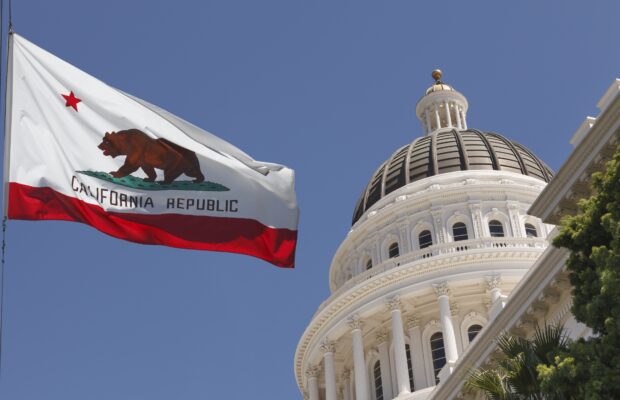On April 12, 2024, the United States Supreme Court issued an opinion that may significantly affect how development impact fees are assessed in California. In Sheetz v. County of El Dorado,[1] the Court unanimously held that legislatively imposed permit conditions are subject to the same constitutional test – informally referred to as the “Nollan/Dolan” test – as administratively adopted permit conditions. Under this test, permit conditions must have “an essential nexus” to the government’s land use interest and a “rough proportionality” to the development’s impact on the land use interest.
Prior to Sheetz, when a local government imposed an exaction through legislative action (such as development impact fees adopted and imposed under the Mitigation Fee Act), it did not need to satisfy the tests established under Nollan v. California Coastal Commission[2] and Dolan v. City of Tigard.[3] As a practical matter, this meant that legislatively adopted fees received very little scrutiny when applicants challenged them in court. Although the Sheetz opinion is narrowly crafted, it provides new opportunities to challenge and to negotiate over impact fees and other legislatively adopted exactions.
Coblentz Patch Duffy & Bass LLP submitted an amicus brief on behalf of the Bay Area Council in support of the petitioner’s claims, explaining that the lack of a judicial check on impact fees has resulted in some excessively high fees and extreme variation in fees by jurisdiction, particularly in the Bay Area.
Case Background
The County of El Dorado’s Board of Supervisors enacted a traffic impact fee on new construction to finance new roads and the widening of existing roads. Under this program, the traffic impact fee was based on a rate schedule that took into account a project site’s location within the County and construction type. The fee was imposed regardless of a project’s actual impact on roads.
George Sheetz applied for a building permit from the County to construct a modest manufactured house on his property. The County issued a permit for the house on the condition that Mr. Sheetz pay the traffic impact fee in the amount of $23,420. Mr. Sheetz paid the fee under protest.
In 2017, Mr. Sheetz filed an action against the County, seeking a fee refund on the grounds that the traffic impact fee was an unconstitutional condition under the U.S. Supreme Court’s Nollan/Dolan precedent.
In rejecting Mr. Sheetz’s claims, the Court of Appeal held that, “[u]nder California law, only certain development fees are subject to the heightened scrutiny of the Nollan/Dolan test,” including “development fees imposed as a condition of permit approval where such fees are imposed . . . neither generally nor ministerially, but on an individual and discretionary basis.”[4] The Court reasoned that the requirements of Nollan/Dolan do not extend to development fees that broadly apply to property owners through legislative action, as opposed to fees imposed ad hoc on individual permit applications.
The California Supreme Court denied review, but the U.S. Supreme Court granted certiorari to answer the narrow question of whether legislatively adopted exactions are subject to the Nollan/Dolan test.
The Sheetz Decision and Key Takeaways
On the question presented, the unanimous Court was clear: the Takings Clause does not distinguish between legislative and administrative land use permit conditions, meaning that legislatively adopted exactions are subject to the Nollan/Dolan test. The Court stated that nothing in constitutional text, history, or precedent supports exempting legislatures from ordinary takings rules.
But the Court left open a number of issues and the three concurring opinions suggest that the Justices are not unanimous in their views of several ancillary, unanswered questions. For example, the Court explicitly did not address whether a permit condition imposed on a class of properties must be tailored with the same degree of specificity as a permit condition that targets a particular development. Justice Gorsuch’s concurring opinion took issue with the Court’s failure to reach this issue, stating that an “individualized determination” is required regardless of whether the fee impacts a class of properties or a particular development.[5] Justice Kavanaugh, joined by Justices Kagan and Jackson, disagreed in a concurring opinion emphasizing that the Court did not address the common government practice of imposing impact fees and other permit conditions through “reasonable formulas or schedules that assess the impact of classes of development rather than the impact of specific parcels or property.”[6] In a third concurring opinion, Justice Sotomayor, joined by Justice Jackson, stated that the trigger for Nolan/Dollan scrutiny is “whether the permit condition would be a compensable taking if imposed outside the permitting context.”[7] This may suggest that at least two Justices believe there might be an entirely different way to view impact fees, potentially outside of the takings jurisprudence.
Immediate and Long-Term Implications of Sheetz
Despite the open questions, Sheetz gives developers new options to challenge and negotiate over fees. Ever since the California Supreme Court in San Remo Hotel L.P. v. San Francisco[8] exempted legislatively adopted impact fees from the Nollan/Dolan test, local jurisdictions have had a powerful argument to rebuff fee challenges. With Sheetz, local jurisdictions have lost that tool. At the very least, we expect an uptick in impact fee litigation with greater success by developers. We also believe local jurisdictions will be more open to negotiation over impact fees as applied to individual projects.
California courts will now address some of the questions that the Justices left unanswered, and we expect this area will remain dynamic as new cases are decided. In fact, Sheetz itself lives on as the Court of Appeal is now considering how to apply the Supreme Court’s decision. We will be watching carefully as the courts confront the remaining open issues.
We do not expect that a large number of local jurisdictions will immediately revamp their existing fee programs. But as new fees are proposed or updated nexus studies are prepared, we anticipate that resulting fee programs will be tailored so that the fee imposed more closely matches the impact of the development. While Sheetz did not mark the end of impact fees (as some had predicted could happen with a more sweeping opinion), it likely will eventually result in fees that are more “proportional” to the impact.
For projects already struggling to pencil due to stubbornly high construction costs and interest rates, impact fees – sometimes reaching into six figures per unit – can pose additional barriers. As developers try to find ways to make projects viable, the Sheetz decision creates a stronger basis for revisiting impact fees that may be disproportionate to a project’s actual impacts.
[1] (2024) 601 U.S. 267.
[2] (1987) 483 U.S. 825.
[3] (1994) 512 U.S. 374.
[4] Sheetz v. County of El Dorado (2022) 84 Cal.App.5th 394, 406 (internal citations omitted), vacated and remanded by the U.S. Supreme Court.
[5] Sheetz v. County of El Dorado, supra, 601 U.S. at p. 283 (conc. opn. of Gorsuch, J.).
[6] Id. at p. 284 (conc. opn. of Kavanaugh, J.).
[7] Id. at p. 280–281 (conc. opn. of Sotomayor, J.).
[8] (2002) 27 Cal.4th 643.


